Breast milk is best for babies, but there are other options available such as formula milk. As the best alternative to breast milk, formula is a healthy way to feed your baby with nutrients that boost their immune system and development.
Mummies choose breastfeeding, formula feeding, or a combination of both for various reasons; it is a personal choice that depends on what works best for you, your baby, and your family’s circumstances.
Here are helpful baby feeding basics to get you started.
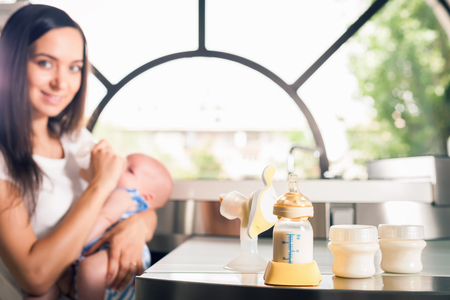
Feeding cues from baby
Newborns might seem like helpless little beings, but in some ways, they are born smart. For instance, from day one they know how to search for food.
The “root reflex” is when a baby turns toward a stimulus – such as the touch of a nipple or a stroke on their cheek – with their mouths open. This response helps new parents gauge whether their baby is hungry.
Below are other feeding cues from your baby.
Early signs that baby is hungry:
- Licking and smacking their lips; repeatedly opening and closing their mouths
- Nuzzling against the chest of whoever is carrying them, “rooting” for milk
- Sucking frantically on their fists, toys, clothes, or anything close by
Late signs that baby is hungry:
- Frantic fussing, squirming, and moving head agitatedly from side to side
- Crying
Crying is a late signal that your little boss is “hangry,” so rather than waiting until your baby is full-blown crying (at which point you might need to calm them down before feeding them), learn to recognise their early hunger cues and respond promptly to their rooting signals to make feeding them easier and more enjoyable.
Preparing your baby’s milk
1. Preparing powdered formula
Read the instructions on the formula’s packaging to know how much water and powder are needed.
Clean and disinfect the surface on which you are preparing your baby’s milk bottle.
Wash your hands with soap and water, and dry with a clean cloth.
Disinfect and dry the top of the formula container (e.g. the aluminum lid) before opening. Powdered infant formula is not a sterile product, and needs to be mixed with water that is at least 150 degrees Fahrenheit/70 degrees Celsius.
After boiling the water in a pot or automatic kettle, let it cool for 30 minutes before mixing it with the exact amount of formula in the bottle. Gently swirl or shake the bottle to mix it thoroughly instead of shaking it vigorously to avoid creating air bubbles that may give your baby gas upon swallowing.
To quickly cool the milk to feeding temperature, hold the bottle under cold running tap water or let it rest in a container of cold water. The cooling water should be below the bottle lid level to avoid contamination. Dry the outside of the bottle with a clean cloth.
2. Check the temperature
Hold the bottle upside down and drip a little on the inside of your wrist. If the drop of milk feels lukewarm, it is ready to be fed to your baby.
3. Preparing and storing milk in advance for later use
According to the World Health Organization, “It is safest to prepare a fresh feed each time one is needed, and to consume immediately. This is because prepared feeds provide ideal conditions for bacteria to grow – especially when kept at room temperature.”
That said, if you need to prepare milk bottles in advance, cool the milk bottle quickly, then store it in the refrigerator and use it within 24 hours.
To re-warm a refrigerated milk bottle, place it in a container of warm water until the milk is lukewarm when you test-drip it on the inside of your wrist. No microwaves! Re-warmed milk must be consumed within two hours, and cannot be re-stored. Discard any leftover milk.
4. Cleaning and sterilizing bottle equipment
Wash your hands with soap and water, then dry with a clean cloth. Next, wash all bottles and bottle parts with soap, and rinse thoroughly.
If you do not have an electric sterilizer, you can sterilize the cleaned bottles and bottle parts in a pot of water at a rolling boil that completely covers the bottle equipment. Remove the bottles and bottle parts with sterilized forceps, and store in a sterilized, closed container.
⇒ Related Read: Ways to sterilize your baby’s bottles
How much formula your baby needs
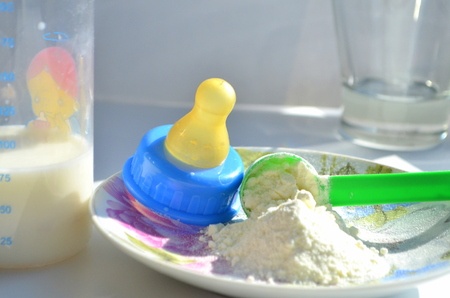
Each baby is different: Some babies drink to satiation while others guzzle voraciously down to the last drop and want even more. But how much formula does your child need to meet their nutritional requirements?
“The best indication would be depending on how much your baby weighs and how he’s growing. This could be assessed during your regular visit with your paediatrician,” Sarah Shamila, Manager, Nutrition and Dietetic Services at Mount Alvernia wrote in an email.
You could also estimate milk measurements by your baby’s age:
- 1 month old: Roughly 30 to 90 ml (or 1 to 3 ounces) every three to four hours
- 2 months old: Roughly 60 to 120 ml (or 2 to 4 ounces) every three to four hours
- 3 to 6 months old: Roughly 120 to 180 ml (or 4 to 6 ounces) every four to six hours
However, keep in mind that these are rough estimates, and that you should always respond to your baby’s hunger cues rather than sticking strictly to an hourly feeding schedule.
As Mrs. Shamila wrote, “In general, babies eat when they’re hungry and stop when they’re full. Appetites vary among babies, and each baby’s nutritional needs change from month to month. Check in regularly with your baby’s doctor to ensure that your baby’s weight gain and growth are on track.”
Cues that your baby is full
Turning their heads and pushing the bottle away are cues that your baby is done eating – even if the bottle is not empty yet.
If your baby has fallen asleep and released the bottle nipple, do not wake the baby or massage their cheeks and neck to finish the last bit of milk. After all, how would you like being forced to eat when you’re full already and just want to sleep?
Due to the faster flow of milk from a bottle (versus the slower let-down of breastfeeding), bottle-fed babies are more likely to be overfed. Overfeeding could lead to discomfort from distended stomachs, colic-like symptoms, reflux, and spit up.
Combining breastfeeding and bottle-feeding
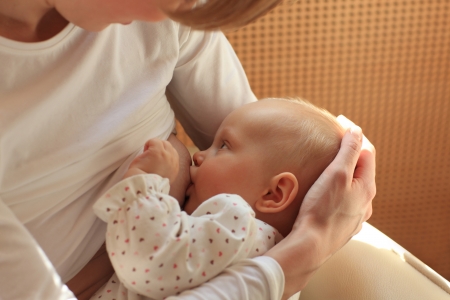
Sometimes a breastfeeding mother may choose to supplement with formula, either for ease and convenience once she returns to work; because the baby is not achieving recommended weight gain; or to give other family members and caregivers a chance to prepare milk and bond over bottle-feeding the baby too.
Hey, you’re a hardworking mama and if you choose to combine breast milk with formula for whatever reason, it is your choice and you know what works best for your baby, yourself, and your family.
The good news is that combining breast milk with formula is absolutely fine, as long as you do it correctly: “Offer your baby breast milk first, followed by formula to ensure your baby gets as much breast milk as he possibly can,” wrote Mrs. Shamila.
“Avoid mixing formula and breast milk in the same bottle. The formula may interfere with the antibacterial benefits of breast milk,” she advised.
Another reason to avoid mixing formula and breast milk in the same bottle? It could mean wasted breast milk if your baby doesn’t finish the bottle.
Keep in mind that leftover formula must be thrown away, while bottled breast milk can be stored for longer, so by mixing both breast milk and formula in the same bottle, if your baby has any leftovers, all the contents must be discarded – including those precious drops of your “liquid gold,” which is a shame because as all nursing mums know, a lot of work (and love) goes into pumping breast milk!
By Jenny Tai.
* * * * *
Like what you see here? Get parenting tips and stories straight to your inbox! Join our mailing list here.
Want to be heard 👂 and seen 👀 by over 100,000 parents in Singapore? We can help! Leave your contact here and we’ll be in touch.





































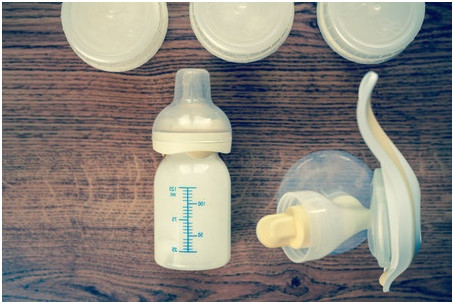
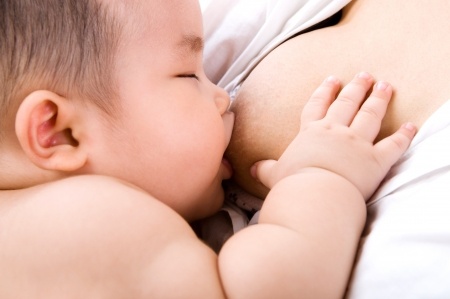
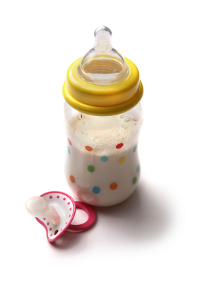



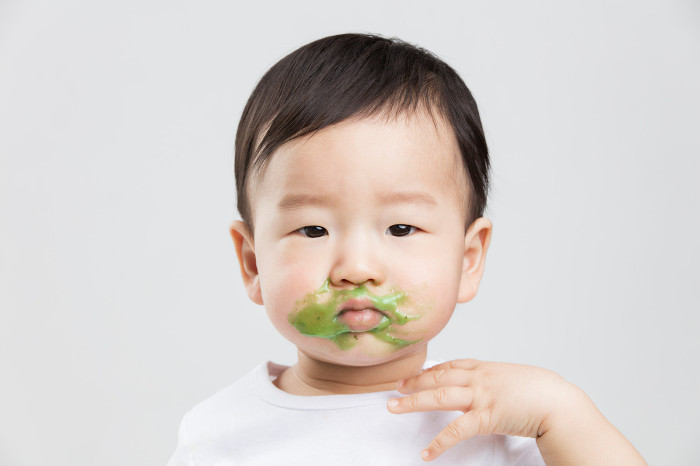
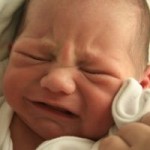
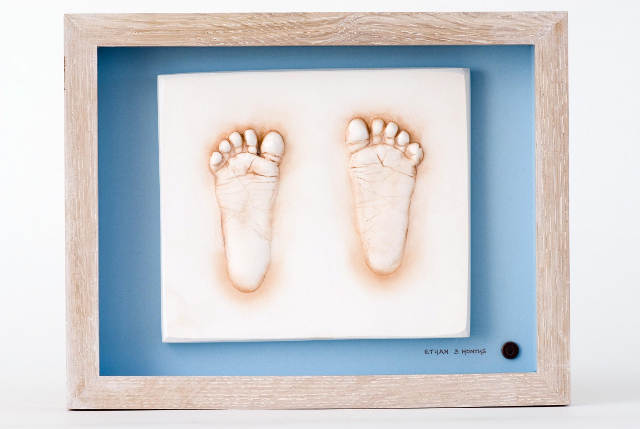
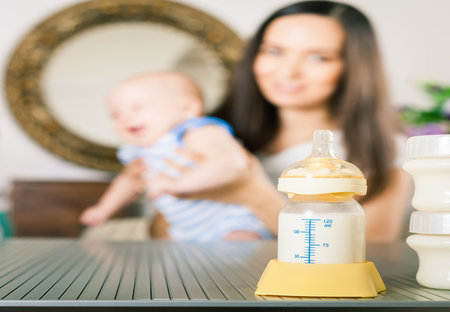










Leave a Comment: